Deer Brow tines: Are they as impressive as they sound?
Have you ever noticed those amazing extra structures sticking out of a deer’s antler? We can think of brow tines: those little branches that grow just above the eyes of a deer. These may look like mere furs to a layman but they are significant features of a deer in their way.
Today, this article will focus on the world of brow tines and explain why some species of deer have them and some of them do not have them at all. We will categorize deer antler terms & explain the significance of brow tines in deer scoring.
Prepare to find out the history behind these overlooked elements.
What Are Brow Tines On a Deer?
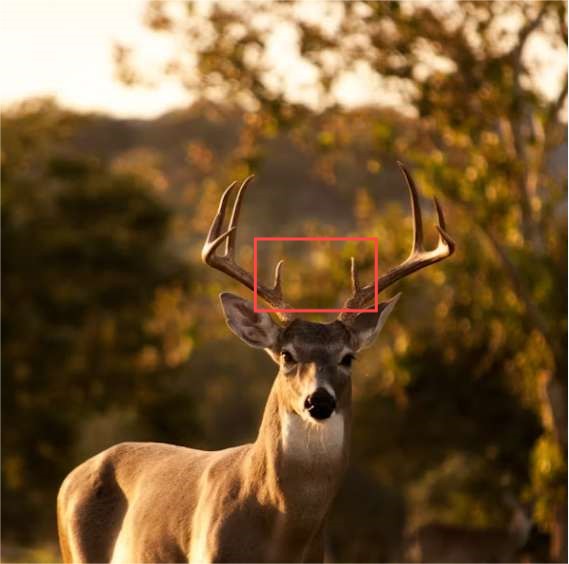
Brow tines are the initial points that develop on the main beam of the antlers and are the closest to the deer’s head.
They are different from the other points, or tines, which arise lower down and further along the antler. Like other aspects of the antler and the brow tines in particular, their growth is affected by many factors such as genes, age, diet, and general health of the deer.
Why Do Deer Have Brow Tines?
While the exact purpose of brow tines is still debated among biologists, it’s widely believed that they play a role in While the exact purpose of brow tines is still debated among biologists, it’s widely believed that they play a role in:
- Dominance displays bigger and more developed antlers, particularly the brow tines, which play a decisive role in the fights between bucks in the mating season.
- Defense: Brow tines can effectively be employed as a tool of self-defense against predators or rival bucks.
When Do Deer Grow Brow Tines?
The formation of antlers including the brow tines is seasonal and depends on the age of the animal, feed availability, and health.
Deer antlers are recognized as secondary sexual organs that are usually shed by most deer species each year and thereafter regrown. For a while, until they mature, these are conspicuous structures covered with soft skin called velvet, and only later do they ossify. Brow tines are usually seen when the antlers are growing.
What Can You Tell from Brow Tines on a Deer?
Therefore, although brow tines alone are not suitable for evaluating the age and health status of a deer, they can be useful in antler evaluations in the following aspects:
- Size and shape: Huge and balanced brow tines should be associated with maturity and good health of the buck in the thought process.
- Presence or absence: While some deer may not have brow tines, this might be a result of genetics as well as nutrition.
- Relationship to other antler features: In addition, the main beam length and the number of points must be considered when the matter of brow tines comes up.
Deer Antler Terminology
Besides the brow tines, here’s a breakdown of the main parts of a deer’s antler.
Main Beam: The primary, central structure of the antler from which all other parts branch.
Pedicle: The bony base of the antler that attaches to the deer’s skull.
Burr: The rough, bumpy area at the base of the antler, where it joins the pedicle.
Bay Tine: The second tine from the base of the main beam.
Tray Tine: The third tine from the base of the main beam.
Surroyal Tine: The fourth tine from the base of the main beam.
Crown: The topmost point or cluster of points on the antler.
Point: The tip of a tine.
Fork: A split in a line, creating two points.
Palm: A flat, broad end to an antler, often seen in moose.
Abnormal Tines: Tines that grow in unusual places, such as kickers, stickers, or drop tines.
Do All Deer Have Brow Tines?
It is evident that not all deer are characterized by brow tine. The presence or absence of brow tines can vary depending on several factors, including:
- Deer species: Brow tines are prevalent among white-tailed deer, whereas such species may rarely display them or not at all.
- Individual genetics: Within the species, you may have deer with certain genes to grow the brow tines or not at all.
- Age and health: Thus, younger bucks and those with inadequate diets may not develop brow tines.
- Environmental factors: An unfavorable environment can affect antler development such as the presence of brow tines.
So, why do some deer not have brow tines? The absence of brow tines on a deer can be attributed to several factors:
1. Genetics
- Hereditary trait: The most important contributing factor is genetics. Another set of genes may be present in some deer and they just are not coded for the development of brow tine. It can also be genetic and one might see it developed in a later generation.
- Breed-specific: Due to this, some breeds or subspecies of deer may be less inclined to develop the brow tines.
2. Nutrition and Health
- Nutritional deficiencies: Deficiency of certain minerals and nutrients such as calcium and phosphorus proved to impact antler and brow tine development negatively.
- Health issues: It should be noted that diseases or parasites can also interfere with the overall health of the deer and therefore antler growth.
3. Age and Development
- Young deer: This is because the antlers of younger bucks are not fully developed and may have smaller or even absent brow tines.
- Antler cycle: The annual cycle of antler casting and regrowth may affect brow tine formation.
4. Environmental Factors
- Habitat quality: Environmental factors, including shortage of food and accessibility of cover, may also detrimentally influence antler development.
- Climate: Weather conditions such as very hot summer or extremely cold winter may limit access to vegetation affecting feeding habits and growth of antlers.
You may wonder if there is any impact of not having brow tines for deer. While the absence of brow tines doesn’t necessarily equate to a weaker or less fit deer, it can potentially impact deer’s social hierarchy and breeding success.
Since brow tines play the role of dominance display in a deer, their absence can affect the interactions of the animals in a particular group.
Sometimes, it may be useful to have big and bulky antlers as well as large and distinct brow tines for sexual reasons, during the reproducing period.
Do Brow Tines Count As Points On Deer?
When scoring a deer, the deer brow tines are usually marked as the G1 points on antlers. The inclusion of brow tines in a deer’s point count is a matter of context and depends on various factors. Such as:
- Hunting regulations: While some local hunting regulations allow the counting of brow tines as points, others do not. As always, it is crucial to identify the specific regulations that apply to the hunting region of interest.
- Scoring systems: Scoring systems, whether they are the Boone and Crockett Club or the Pope and Young Club, have specific rules regarding brow tines. These systems may treat brow tines as points or may exclude them based on certain conditions.
- Deer species: Different species of deer exhibit different degrees of the presence of brow tines. Some species have more brow tines than others, which would indicate more total points when included while others have brow tines less frequently, so there are differences between counting systems.
- Hunter preference: Even though brow tines are not considered when it comes to the total score, some hunters prefer to consider them in their points for record-keeping or satisfaction.
How To Count Points Without Brow Tines?
However, if you are in a region where brow tines are not counted, then the procedure of tallying the number of points in a deer is different.
Instead of beginning from the base of the antler and counting each point towards the outside, you will consider the points that stick out from the main beam next to the brow tine.
This means that the first point you count will be the one that follows the brow tine, normally known as the bay tine. Other points are counted successively along the main beam towards the crown of the antler.
This method helps to achieve fairly standard counts as it does when brow tines are omitted from the scoring system.
By counting points from a deer, we can learn that:
- Deer Age: In general, the higher the point count is the more mature the deer. But this is not entirely true as antler growth is hereditary and depends on diet quality and the environment too.
- Trophy potential: Higher point counts traditionally translate to higher and more impressive antler sizes, which is ideal for trophy hunting.
- Hunting regulations: Some hunters rely on point count to identify their legal kill quotas. For instance, it may only be legal to harvest a deer with a certain amount of points in certain regions.
Conclusion
The brow tines, which are relatively less known, are quite interesting structures among the deer population. Although they are not common across all species or sexes, they can enhance or even alter a deer’s existence.
These structures have significance in the deer world, ranging from dominance displays to what might be defense mechanisms.
Knowledge of brow tines and other components of the antlers will improve your knowledge about these animals and assist in the analysis and administration.


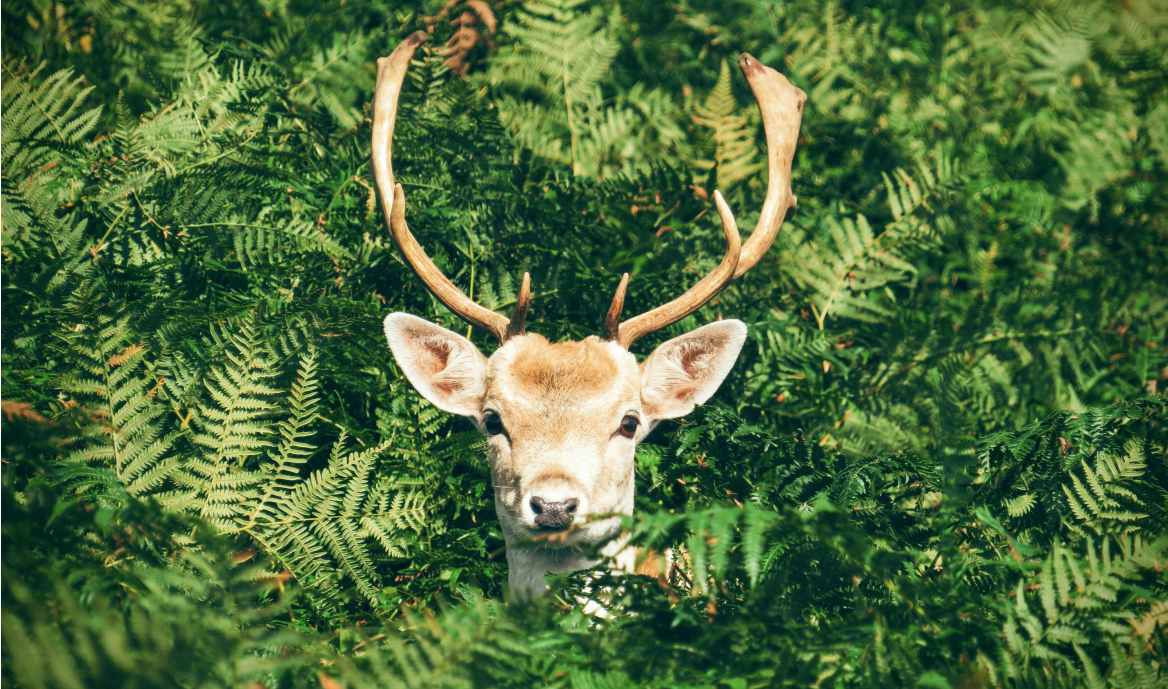




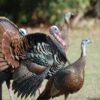
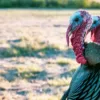
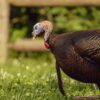

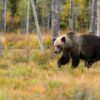








Leave a reply